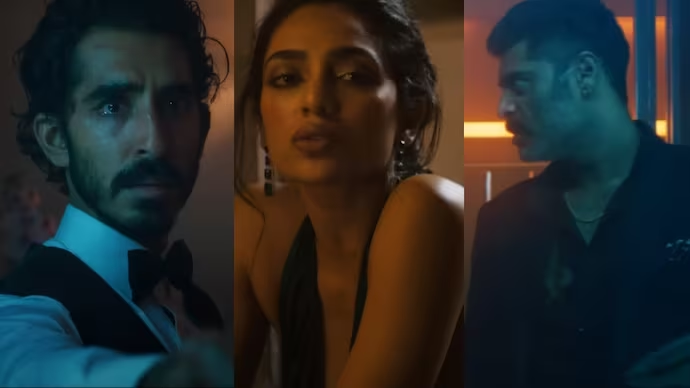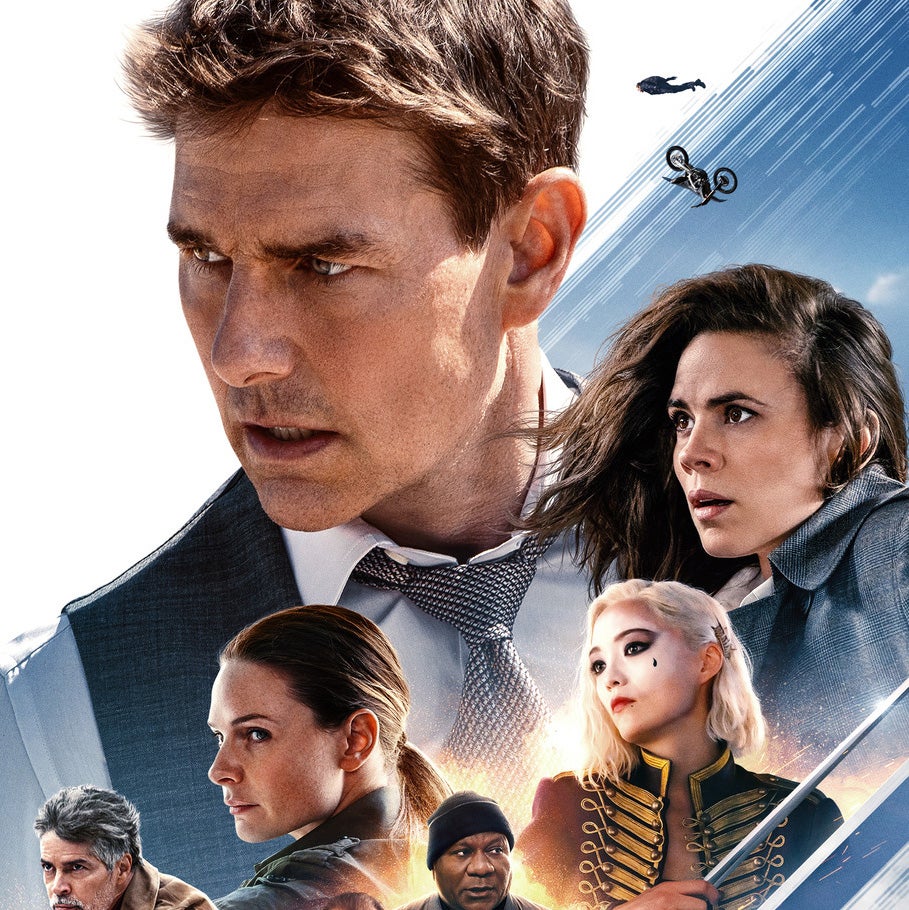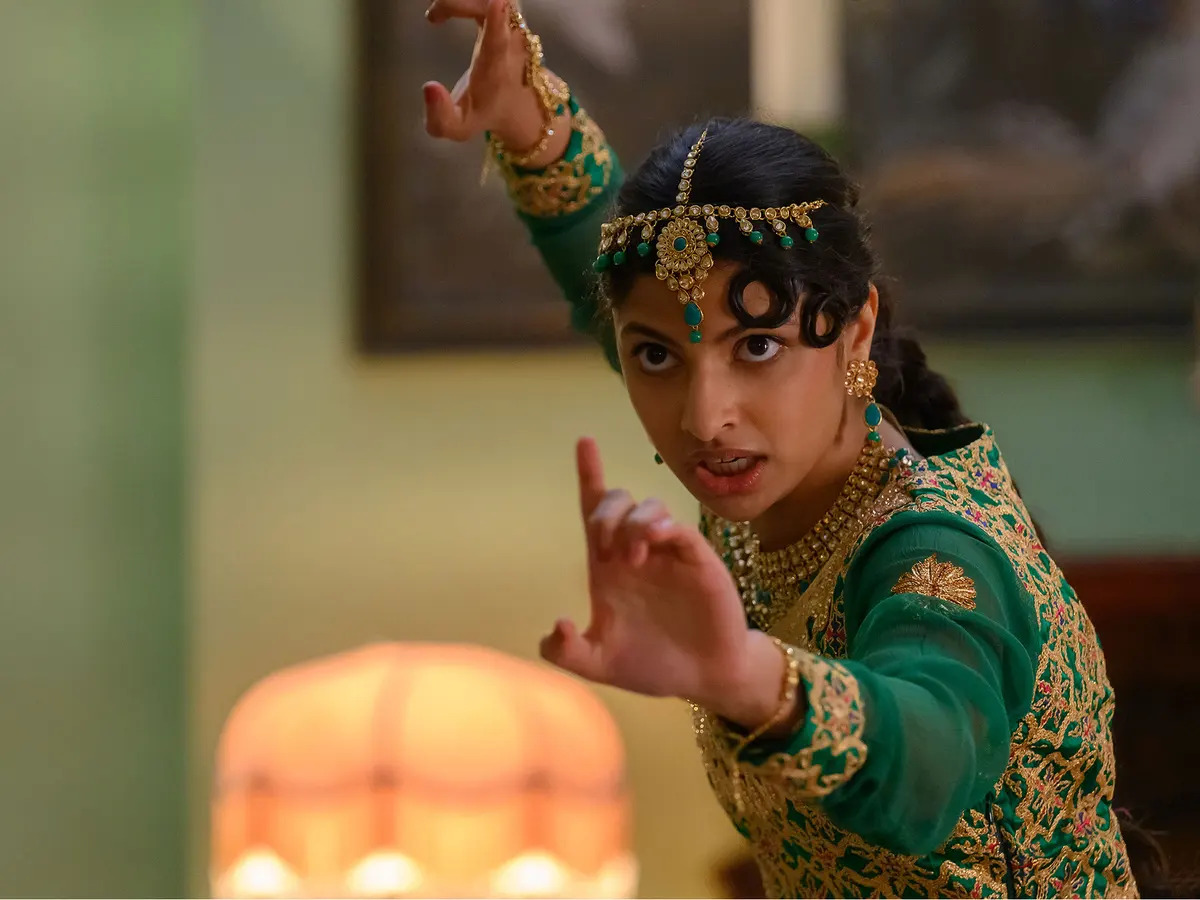Yours, Mine & Ours
Posted on November 8, 2005 at 7:27 pm
C+| Lowest Recommended Age: | 4th - 6th Grades |
| Profanity: | Brief crude language |
| Nudity/ Sex: | Mild references to married sex, teen kissing, crude homophobic humor |
| Alcohol/ Drugs: | Teen drinking, housekeeper has a martini |
| Violence/ Scariness: | A lot of slapstick violence, some peril, no one hurt |
| Diversity Issues: | Multi-racial siblings |
| Date Released to Theaters: | 2005 |
This one is straight off the sit-com conveyer belt, all pratfalls and spit-takes. What little gloss it gets from star power is buried under forced humor about a pet pig (The pig swallows a cell phone! The pig eats the wedding cake!), about predictable “Odd Couple”/red state vs. blue state style culture clashes (The hippie kid has to room with the straight-arrow! Multiplied by 9!), and about “feminine” behavior by young boys — genuinely weird and icky in addition to being downright inappropriate for the target age group.
Like the original Yours, Mine, and Ours, this is based on the true story of widower Frank Beardsley (Dennis Quaid), father of eight children, who married Helen North (Rene Russo), a widow with ten.
In this version, Frank is a Coast Guard admiral who keeps his family in ship shape to ensure smooth sailing. Everyone knows the rules, and when he calls formation, everyone shows up and salutes. Helen is a free spirit who believes in the talking stick and the group hug. They were high school sweethearts who run into each other when he returns to duty in Connecticut and impulsively elope about a minute later so we can get to the good stuff — the all-out war between the North and Beardsley children. The next thing you know, there’s a school bus just for the family, a schedule for the bathrooms, and a chore chart the size of a tablecloth. And everyone gathers around to try to get all 20 names on the answering machine message, emphasis on “try.”
The kids battle each other and then we’re on to chapter two as the warring factions join forces against a common enemy; they decide to break up their parents. Didn’t we see this on “The Brady Bunch?”
Quaid and Russo manage to locate some chemistry, despite his being relegated to messy pratfalls and her almost-as-thankless task of basically being an inconsiderate ditherbrain. The kids are pretty much interchangeable, with the exception of hippie chick Danielle Panabaker, who has a very appealing screen presence. Oscar-winner Linda Hunt is criminally wasted as the housekeeper.
This is one of those series-of-skits-then-heartwarming finish formulas that makes your head hurt if you try to think about it too much. For example, for two people who keep talking about how much they love their families, Frank and Helen don’t do much actual parenting. While it’s true that the movie would never end if it tried to give us some actual interaction between parent and child, the absence of a single moment of homework help, emergency room visit, heart-to-heart talk, or expression of concern about a scraped knee or a hurt feeling gives it a phony, pre-fab tone. There isn’t one authentic or imaginative moment. Yours, mine, ours? Keep it.
Parents should know that the movie has some crude humor, including comic barfing. There are some weird and tasteless homophobic jokes. One boy is portrayed as (humorously) effeminate. The children attempt to rattle their Admiral father by having two other boys dress up like girls and pretend to have a tea party. The children also discuss upsetting him further by having the two teenage girls kiss each other. There is a thong joke and there are some mild references to a married couple wanting to have some privacy so they can go to bed together. Two teenagers have a lingering kiss (but no affection or commitment). There are kegs of beer at a teen party and it is supposed to be funny that the children’s housekeeper pours herself a martini. The movie has a good deal of comic slapstick violence of the head-bonking, slip and fall variety, school bullies, and some mild peril. No one is hurt. Some audience members may be disturbed by the fact that each of the children in this movie lost a parent. A strength of the movie is the portrayal of devoted multi-racial siblings.
Families who see this movie should talk about what the best (and worst) thing about having 17 siblings would be and which members of the North/Beardsley family they would most like to have as friends. They may also want to talk about how the Beardsleys and Norths were more alike than they seemed. Both were loving and devoted families. And both were reacting to the feeling of lack of control that tragedies can bring — one by hanging on too tightly to rules and one by being unwilling to hang on to anything too tightly at all. Where does your family fall on the continuum of rules vs. creative chaos?
Families who enjoy this movie will enjoy the original, starring Henry Fonda and Lucille Ball (in a performance her biographer called the best of her career). Families might also like to see documentaries about real families with 12 or more children, including the Oscar-winning Who are the DeBolts?
and My Flesh and Blood
(both with some very sad moments as well as some very inspiring ones) and read books about large families like Cheaper by the Dozen and The Family Nobody Wanted. They can find out more about the real North/Beardsley family (twenty children, including the two Frank and Helen had together) on this website.






